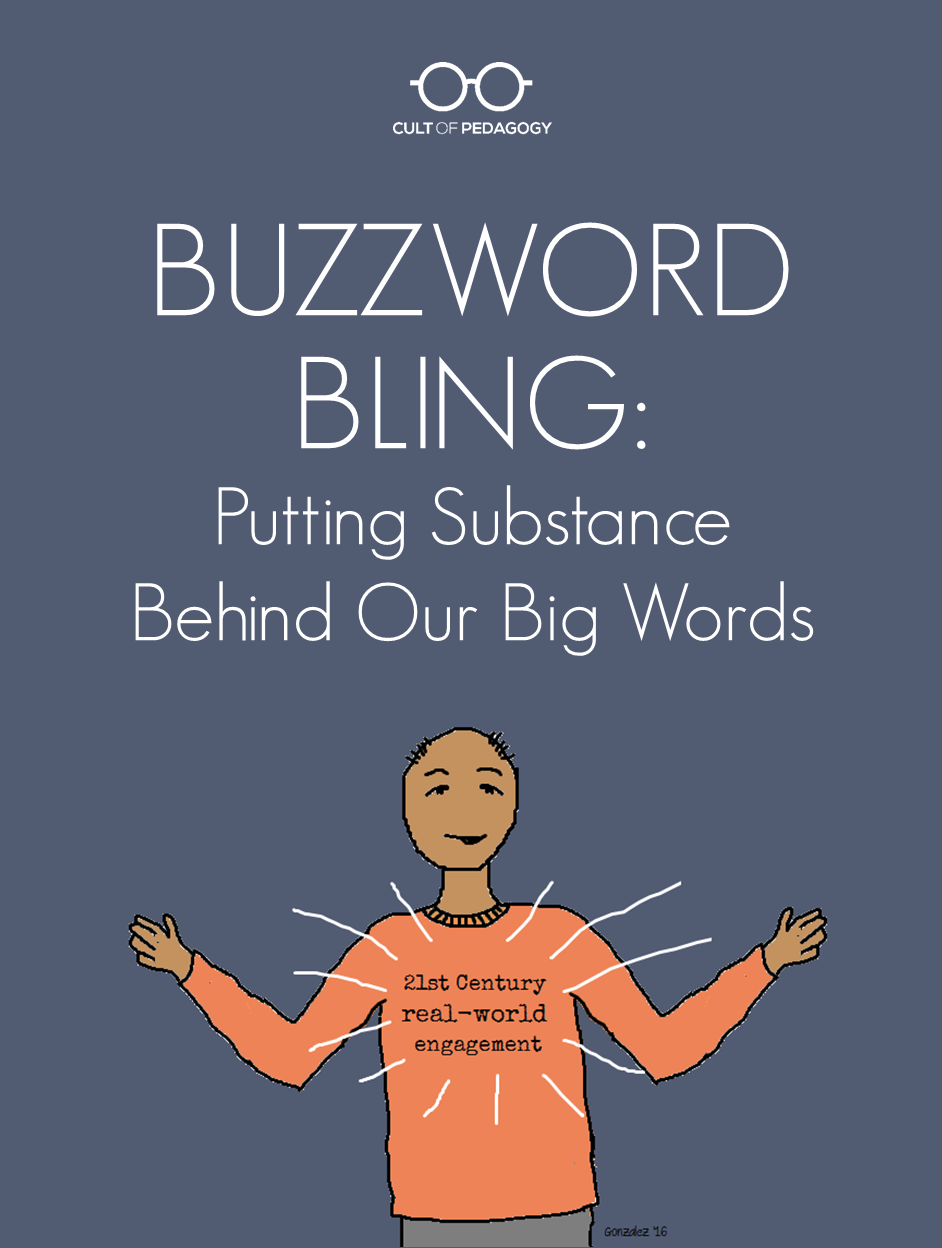
This guest post has been contributed by Typhani Harris, Ph.D.
Bling refers to the imaginary sound a diamond makes when it is hit perfectly by the light, and today we bling everything: We bling our wrists, we bling our phones, I’ve even heard of Bling water. Go figure.
In education, we also bling. We take the newest, shiniest trend word and we bling it out. We use it at meetings, we use it in lesson plans, we literally drink from the blinged water of the educational buzzword fountain.
As an instructional coach, I have sat in many meetings, conferences, and interviews where I feel like I need sunglasses to shield my eyes from the shine of the latest buzzwords. This got me thinking: When are we going to stop blinging it and start bringing it? How can we take the buzzwords and apply them as examples of great education? Let’s take a look at three of the current buzzwords and explore how they are used, how they are abused, and how they can be applied in real classrooms.
21st Century…Welcome to the Digital Age
Preparing students for a world that does not yet exist.
21st Century Skills is a top buzzword, and it should be, since it is all encompassing of our world today. However, the term “21st century skills” is too often translated as “technology.” We assume we are building these skills if we are using some sort of tech in the classroom, but there is much more to 21st century skills than laptops and iPads.
The Partnership for 21st Century Learning is an organization whose mission is to bridge the skills students are learning with the skills students need in an ever-changing world. They have designed a wonderful graphic illustrating their Framework for 21st Century Learning:
Framework for 21st Century Learning
Source: Partnership for 21st Century Learning
Although technology is included within Information, Media, and Technology skills (in purple), it is not the sole platform for 21st century learners. When building 21st century skills, we must also include life and innovation skills along with the traditional core subjects. As an artist, the fact that creativity is back on the educational scene makes me so happy. Let’s face it, creativity should have been there all along!
As we prepare students for the information age, curriculum revision must be constant to meet the changing needs of our global society. In a 2015 Washington Post article, education writer Jeffrey Selingo describes how employers find current graduates lacking in soft skills like collaboration, problem solving, oral communication, and leadership. “The best preparation for today’s job market,” he writes, “is a mix of classroom learning that can be applied in real-world experiences, or a combination of academic experience and practical experience.” This is where 21st century skills come into play. When we consider the new College and Career Readiness mantra, we must also remember that we are preparing students for the entire 21st century—in other words, a world that does not yet exist.
So how do we apply this to the classroom? We step away from notes and lectures and we build experiences. Cultivate life skills by having students follow the stock market in math class, or create a Genius Bar in your classroom where students can get assistance from each other. Have them create documentaries in English to develop their information, media and technology skills. Get students to stretch their learning and innovation muscles by allowing them to design their own projects to demonstrate their knowledge. To build communication and collaboration skills, make classroom discussion and cooperative structures like Jigsaw a regular part of your classroom routine.
Stop Being Polite and Start Getting Real
Real World vs. Relevant
I hear this one all the time. Real-world projects. Real-world problems. Real-world situations. The word authentic gets used interchangeably with real-world. Wanting our classroom work to mirror the real world is definitely a good thing and builds on 21st century skills, but sometimes real world becomes out of their world. When we think “real world” we unintentionally think of our own personal world. So we tend to build learning opportunities that place students in job or life experiences that are often pulled from our personal schema, like “You are the CEO of a company”or “You have just bought your first home.” This is not real to them. Situations like these are out of their world. In order to be authentically real-world, we must provide opportunities that are relevant to our students’ current world.
The Glossary of Education Reform defines “authentic learning” as tasks where students learn by doing, that mirror life’s complexities, and where students contribute to communities. Furthermore, they promote the purpose of school as more than a test score, that we should be helping students obtain the skills necessary to be successful in life.
Before we can help students to learn by doing, mirror life, or contribute to their communities, we need to step into their world. We have to give them situations and connections that are real to their world now. If we offer students connections and situations that are so close to home that they can actually, physically, right this minute, do something about it, then we are giving them their-world experiences. So in health class, design a series of lessons to lead to the planning and producing of a school-wide health fair, or while studying argument in English class, have students develop a proposal to the school board that argues for a change in uniform or cell phone policy. Then actually do it. One model for excellent real-world learning is project-based learning; if you start implementing those kinds of tasks, you’ll get a lot closer to offering true real-world learning experiences.
Rules of Engagement
Are students engaged or merely compliant?
This is one of my favorites!! How do you know students are engaged? As an instructional coach, I often take teachers on learning walks, where we visit classrooms to see education in action. Usually my first question is “How do you know the students are learning?” More often than not, the teachers say, “Well, they are engaged.” Then I usually respond with something like, “Really? Are they?”
There seems to be a slight confusion between engaged and compliant. Just because students are sitting still, facing front, and taking notes (essentially paying attention) does not mean they are engaged, nor does it mean they are learning. However, if we tap into 21st century skills and create real-world/relevant experiences, the engagement is sure to follow.
John Antonetti, author of 17,000 Classroom Visits Can’t Be Wrong, refers to the 8 qualities of engagement as personal response, clear/modeled expectations, emotional/intellectual safety, learning with others, sense of audience, choice, novelty/variety, and authenticity. Through the data of multiple classroom visits, Antonetti was able to pinpoint effective approaches and strategies to engage our students beyond compliance.
We can easily foster engagement by practicing the first two buzzwords: engineering learning opportunities that build 21st century skills and relevant/real world experiences—choice and authenticity—but we can also build engagement with a few smaller changes that can take place today. Instead of asking recall questions, try to move up Bloom’s Taxonomy and ask questions that have multiple answers, then ask students to explain and defend their answer or share their thought process with the class—personal response. Before giving assignments, share with them the final product or assessment and rubric for the unit. This way students have visual representations—clear, modeled expectations—of what their success will look like. Foster an environment that encourages risk taking—emotional and intellectual safety. For example, instead of asking for the “right” answer, have students say all the possible “wrong” answers and explain why they are wrong. Get them up and out of their seats and get social, work in structured groups, or build class discussions—learning with others. A noisy but structured class could very well be learning more than our silent and compliant class. Finally, share or “publish” work—sense of audience—outside of the classroom.
Buzzword Bling
When we strip away all the bling, we realize this is just good teaching. Sparking curiosity, asking students “why,” encouraging questions, disagreements, and demonstrations by tapping into 21st century skills and relevant experiences are strategies that help us to step outside of our traditional school boxes and prepare our students for their tomorrows in a way that makes sense for them. So it’s time we stop with the Buzzword Bling and start blingin’ out our classrooms with experiences that truly drive student learning. ♦
If you want to learn more ways to reach our high school students, get your FREE guide to STOP Teaching and join the STOP Teaching START Reaching movement at www.stopteaching.org.
Join the Cult of Pedagogy mailing list and get weekly tips, tools, and inspiration—in quick, bite-sized packages—all geared toward making your teaching more effective and fun. You’ll get access to my members-only library of free downloadable resources, including my e-booklet, 20 Ways to Cut Your Grading Time in Half, which has helped thousands of teachers spend less time grading!

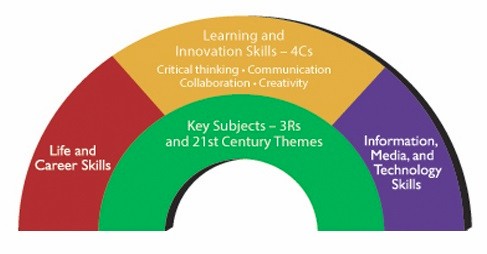
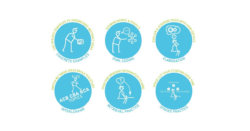
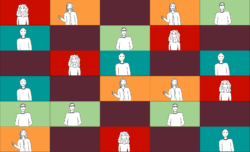

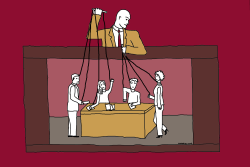
Thanks Typhani in the educators circles that I travel in we often discuss the many buzzwords of educators. However, the spin you have put on the conversation takes it from being a conversation to actionable steps to implement into your daily practice. Again, much appreciated commentary to help me reflect on my practice so that I can be more effective as a teacher.
The backlash has already started, partly due to research, on “grit”, “mindset”, and “mindfulness”. Which said another way are perseverance, self efficacy, and focus or flow. The focus of education is still what do you want them to know and how will you know they know it? Since we can’t look inside their heads (yet) we have ask what do we want them to do that will indicate that they know it.
instead of asking for the “right” answer, have students say all the possible “wrong” answers and explain why they are wrong
I like the idea of having students tell the wrong answer. When I learn/study for an exam, I like to know why the wrong answers are wrong and why the right answer is right. Thinking this way, for me, gives me opportunities to better understand a concept and apply my knowledge in more scenarios.